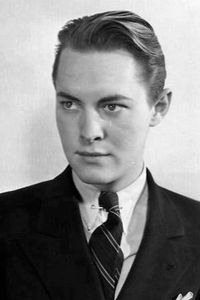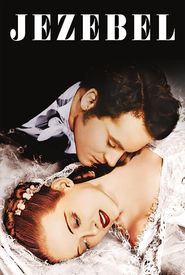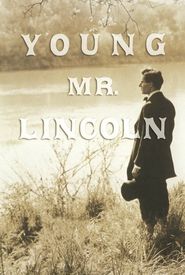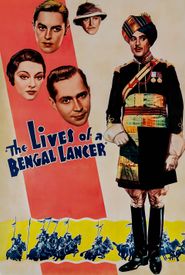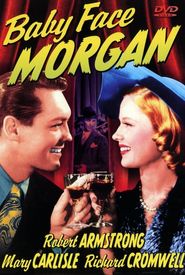Richard Cromwell, a Hollywood star in the making, had the makings of a Hollywood star, with his smooth, boyish good looks, during the early days of talking movies. Despite his efforts, his career failed to take off, and he is largely forgotten today. He was the equivalent of 60s Dr. Kildare star Richard Chamberlain, enjoying overnight stardom and heartthrob status.
Born LeRoy Melvin Radabaugh, nicknamed Roy, on January 8, 1910, in Long Beach, California, he was the second of five children to Ralph and Fay Radabaugh. His father was a victim of the 1918 Spanish influenza epidemic, and Roy had to work as a morning newspaper delivery boy to help support his family.
Despite his artistic talent, which earned him a scholarship to the Chouinard Art Institute in Los Angeles, he continued to work part-time as a maintenance man, custodian, and soda jerk. His artwork, which included oil painting and mask-making, was impressive enough for him to be commissioned as an "artist to the stars," with clients including film legends Anna Q. Nilsson, Colleen Moore, Tallulah Bankhead, Beatrice Lillie, Joan Crawford, and Greta Garbo.
Richard's desire to act eventually overtook his artistic ambitions, and he began painting scenery for community theater productions and eventually took on acting roles. He made his film debut in the 1930 film King of Jazz, and later won the title lead in the Columbia Studios production of Tol'able David, a remake of Henry King's classic 1921 film.
With no previous professional experience, Richard lived up to the hype with his debut performance, giving a terrific performance in a difficult role. He went on to star in a string of films, including Fifty Fathoms Deep, Shanghaied Love, That's My Boy, Emma, The Lives of a Bengal Lancer, The Age of Consent, Tom Brown of Culver, and This Day and Age.
His constant yen for independence and change led him to explore other areas of entertainment, including radio soap operas and the stage. He made his stage debut in 1936 with So Proudly We Hail, which quickly went to Broadway, and received better reviews than the play itself.
After his film career began to fade, Richard worked on radio soap operas and made his stage debut in 1936 with So Proudly We Hail, which quickly went to Broadway. He received better reviews than the play itself, which was very short-lived.
As his popularity in films began to fade, Richard drifted into secondary features, working with friends including Barbara Stanwyck, Joan Crawford, Franchot Tone, George Cukor, Cole Porter, and William Haines. He eventually joined the Coast Guard and served for two years before returning to civilian life.
After filming Baby Face Morgan, Richard settled comfortably into his art work, particularly ceramics and pottery. By chance, he met promising young British actress Angela Lansbury, who was 16 years his junior, and the couple eloped in September 1945. However, the marriage was over almost before it began, and they were divorced before the year was out.
Unbeknownst to the outside world at the time, Richard's latent homosexuality was the undoing factor in his marriage. After the divorce, Richard and Lansbury continued a sincere, respectful friendship.
After this tumultuous period, Richard decided to make another stab at films, but it was unsuccessful. He eventually returned to his art studio, building an art studio on his property and becoming especially known and admired for his creative tile designs.
Little was heard of Richard until it was announced that, at age 50, he had been cast in the film The Little Shepherd of Kingdom Come, starring singer Jimmie Rodgers. However, he was diagnosed with liver cancer shortly thereafter and was forced to withdraw from the production. Chill Wills replaced him in the role.
Richard died on October 11, 1960, at the age of 50, and was interred in Santa Ana, California.
